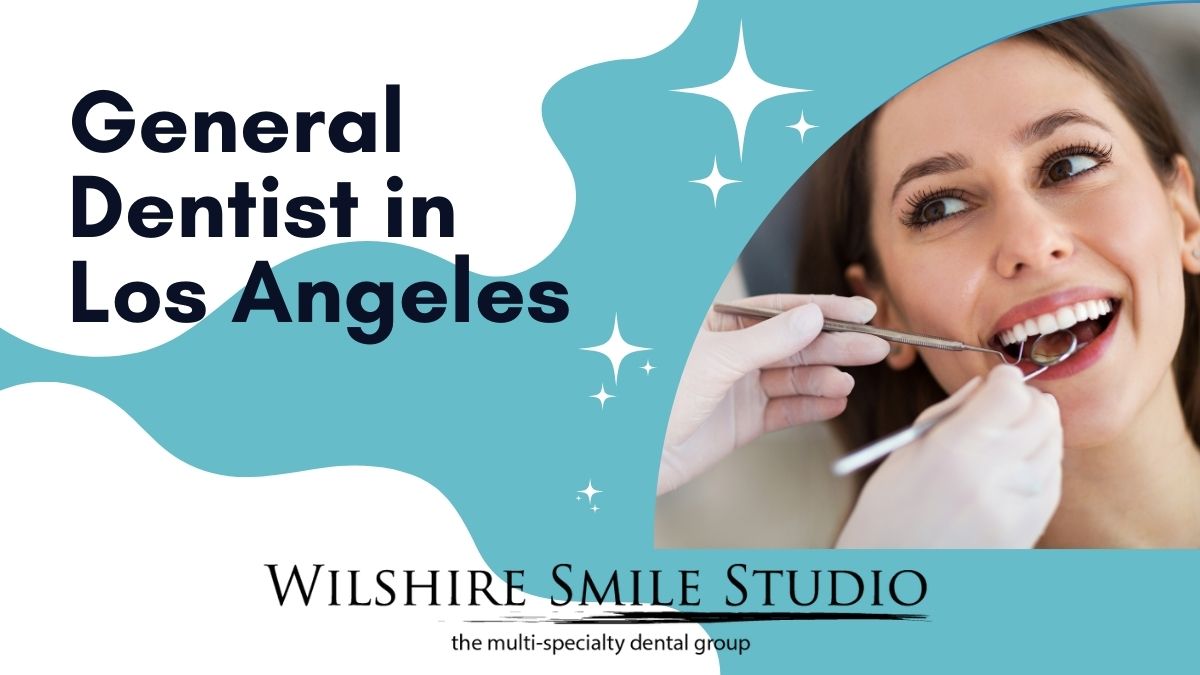The Best Guide To Legacy Orthodontics
The Best Guide To Legacy Orthodontics
Blog Article
10 Easy Facts About Legacy Orthodontics Described
Table of ContentsThe Single Strategy To Use For Legacy Orthodontics10 Simple Techniques For Legacy OrthodonticsSome Known Facts About Legacy Orthodontics.Some Ideas on Legacy Orthodontics You Need To KnowThe Greatest Guide To Legacy Orthodontics
In addition, we use flexible therapy timetables, versatile payment alternatives and an enjoyable, satisfying experience.An orthodontist is a dental professional trained to diagnose, protect against, and deal with teeth and jaw abnormalities. Orthodontists work with individuals of all ages, from kids to adults.
Malocclusion, or misaligned teeth, can result in oral issues, including tooth decay, gum tissue illness, and difficult or agonizing chewing. Not everybody is born with straight teeth. If you have a poor bite or big rooms in between your teeth, you may intend to speak with a dental expert specializing in orthodontic care.
9 Easy Facts About Legacy Orthodontics Explained
( Image Credit Score: DigitalVision/Getty Images) Orthodontists utilize repaired and detachable dental tools, like braces, retainers, and bands, to change the placement of teeth in your mouth. Orthodontic treatment is for oral problems, including: Uneven teethBite issues, like an overbite or an underbiteCrowded teeth or teeth that are too far apartJaw misalignmentThe objective of orthodontic treatment is to enhance your bite.
While you could believe of orthodontists as generally for youngsters or teens who require dental braces, they can deal with oral issues at any age. Orthodontists participate in university, oral school, and orthodontic school.
All orthodontists are dental practitioners, yet not all dental experts are orthodontists. Orthodontic residency programs offer intensive, concentrated instruction for dental specialists. They concentrate on two areas: Just how to correctly and securely move teeth How to appropriately direct growth in the teeth, jaw, and faceOnce an orthodontist has actually finished training, they have the alternative to become board licensed.
Fascination About Legacy Orthodontics
Malocclusion leads to tooth congestion, an askew jaw, or uneven bite patterns. Malocclusion is usually treated with: Your orthodontist connects metal, ceramic, or plastic square bonds to your teeth.
Some people require a headgear to aid move teeth right into line with stress from outside the mouth. A retainer is a custom gadget that maintains your teeth in area.
They're most frequently made use of on children. They can create additional space in the mouth without having to pull teeth. If you have a severe underbite or overbite, you may need orthognathic surgery (additionally called orthodontic surgery) to extend or shorten your jaw. Orthodontists make use of cables, medical screws, or plates to sustain your jaw bone.
You might need to see an orthodontist if you have: Crowding or not sufficient space for all of your teethOverbite, when your top teeth come by your base teethUnderbite, when your bottom teeth are also much forwardSpacing or problems with gapsCrossbite, which is when your upper teeth fit behind your bottom teeth when your mouth is closedOpen bite or a vertical void between your front bottom and upper teethMisplaced midline, when the center of your bottom and top teeth don't line up Fixing a dental malocclusion can: Make attacking, eating, and talking easierImprove the proportion of our face and your general appearanceEase discomfort from temporomandibular joint conditionsSeparate your teeth and make them less complicated to clean, helping avoid dental cavity or cavities It's typically a dentist who initially notifications misaligned teeth throughout a routine exam.
Unknown Facts About Legacy Orthodontics

Throughout your first orthodontic consultation, you'll likely have: A dental examPhotos taken of your face and smileDental X-raysPanoramic (360 level) X-rays of your face and headImpressions to create molds of your teethThese tests will certainly aid your orthodontist know exactly how to continue with your therapy. orthodontics. An orthodontist is a dental expert who's had training to treat your teeth and jaw
An orthodontist is focused on your bite, so something like a cracked tooth would be handled by a dental expert. Orthodontists are focused on your bite, or the method your teeth fit with each other, and the straightness of your teeth.
Ever wondered how celebrities always appear to have perfectly straightened teeth? The response commonly depends on the proficient hands of an orthodontist. Yet what specifically does an orthodontist do? Orthodontists are oral specialists that concentrate on dealing with irregularities in the teeth and jaws. Their competence goes past simply creating a gorgeous smile; it includes improving your overall dental health and feature.
The 4-Minute Rule for Legacy Orthodontics

While braces are one of the most typically acknowledged orthodontic treatment, orthodontists have a varied toolkit at their disposal. The certain method selected depends upon the severity of the situation, the client's age, and specific choices. These tried-and-true dental braces use a system of brackets bonded to the teeth and connected by cords.
These detachable trays are customized to gradually shift the teeth's position. In you can try here instances of slim jaws, palatal expanders can be utilized to develop area for correct tooth positioning.
Report this page